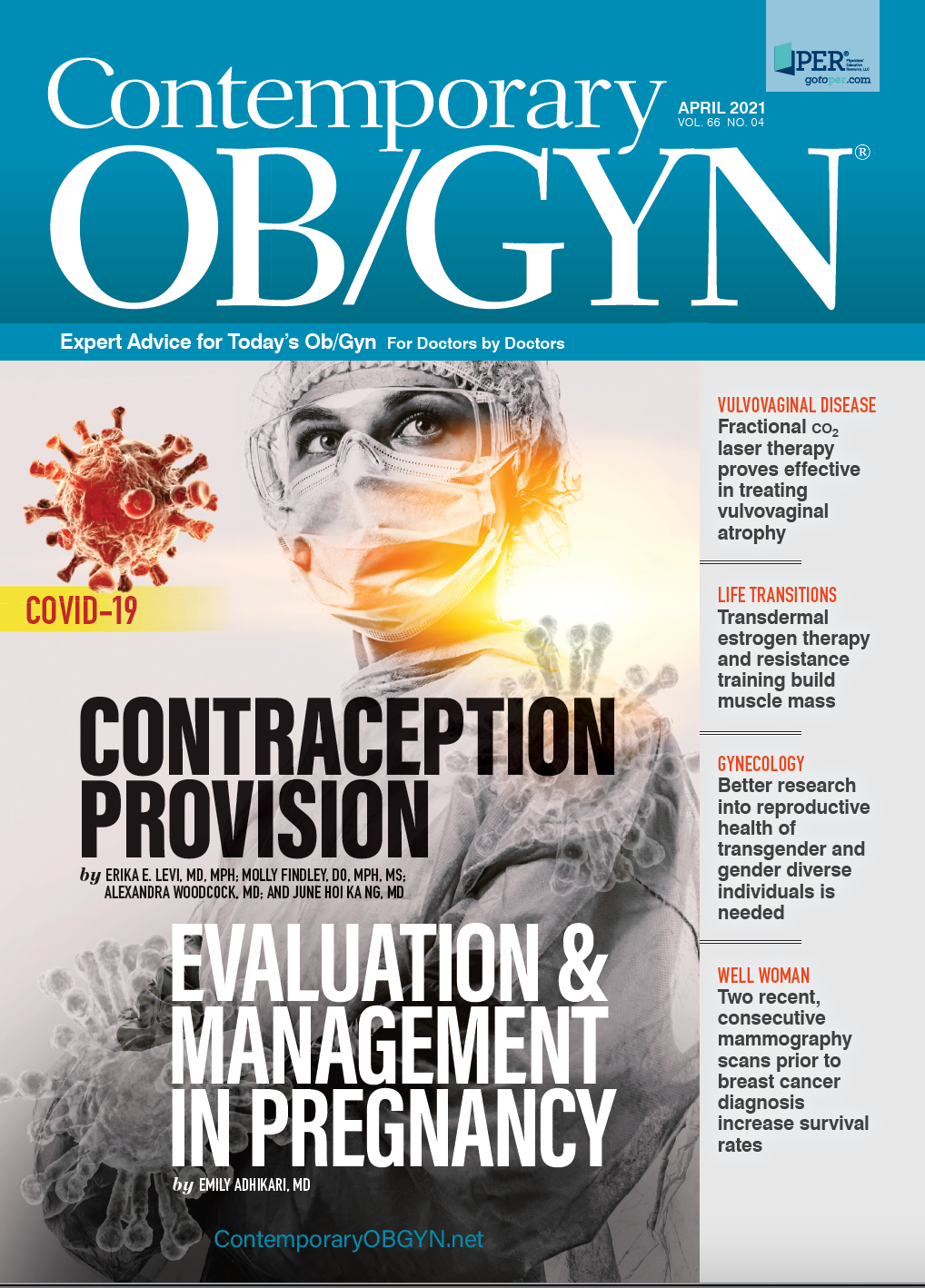Improvements in Research Needed for Reproductive Health of Transgender and Gender Diverse People
The scoping review revealed target areas that require additional research, as well as a need for more variety in study designs, populations, and locations.
A scoping review of scientific literature on reproductive health of transgender and gender diverse people published in the journal Sexual and Reproductive Health Matters indicates a need for additional and improved research.
Madina Agénor, ScD, MPH, is the Gerald R. Gill Assistant Professor of Race, Culture, and Society in the department of community health at Tufts University. She also serves as adjunct faculty both in the department of obstetrics and gynecology at Tufts University School of Medicine in Medford, Massachusetts, and at The Fenway Institute, Fenway Health, Boston. She and colleagues conducted the review.
A research librarian gathered peer-reviewed journal articles that were published between 2000 and 2018 from Ovid MEDLINE, Ovid Embase, the Cochrane Library, PubMed, Google Scholar, Gender Studies Database, Gender Watch, and the Web of Science Core Collection. All studies were on the topic of reproductive health, and used the search terms reproductive health, reproductive health care, gynecology, obstetrics, pregnancy, contraception, abortion, fertility intentions, reproduction, family planning, birth, assisted reproduction, IVF, surrogacy, prenatal care, postnatal care, gynecologic cancers, cervical cancer, and fertility.
All selected studies were either qualitatively or quantitatively empirical, had human participants, were written in English, and contained disaggregated data for gender diverse and transgender people. According to the authors, studies were limited “to transgender and gender diverse people’s own reproductive health experiences, preferences, concerns, needs, or priorities,” rather than observations form others.1 Researchers collected 2197 unique articles with abstracts and citations.
A total of 75 articles were selected for full-text review by 2 independent screeners. Data was taken from 37 reviewed articles that were collated and summarized, then analyzed using a numerical summary and a thematic analysis approach, according to the authors.
Researchers observed that literature on reproductive health in transgender and gender diverse people was limited. Most studies focused on transgender and gender diverse assigned female at birth (AFAB). Researchers observed few articles completely about or that included transgender and gender diverse assigned male at birth (AMAB) people.
“Similarly, no study exclusively focused on gender diverse (e.g. non-binary, gender fluid, gender non-conforming, genderqueer, agender) people and almost all of those that included both transgender and gender diverse participants aggregated the data for these distinct gender identity groups,” the authors said.1
Researchers concluded that more studies need to be done, in addition to improvements in study design. While the quantity of studies increased between 2010 and 2018, the authors said research was targeted towards specific countries, study designs, populations, and reproductive health topics. The authors observed that studies need to cover a wider range of reproductive health issues, including contraception, abortion, and birth.
The authors said more studies are needed for wider populations, including AMAB and gender diverse people.
In addition, transgender and gender diverse persons who are from understudied and marginalized populations, including Black, Indigenous, Latinx, Asian/Pacific Islander people, adolescents, and poor and low-income individuals need more studies, the authors said.1 The authors noted that transgender and gender diverse people from the Global South need more focus, as most studies came from the Global North, and the United States in particular. Researchers stressed these studies need to be guided by intersectionality, which addresses overlapping challenges of gender, race, sexual orientation, and economic status, to be most effective.
The authors explained that research is needed that “uses intervention, implementation science, and community-based participatory research approaches.”1 They added that practices, programs, and policies that cover the various barriers to reproductive health for these populations are needed.
“Healthcare providers should receive ongoing training in transgender and gender diverse reproductive health, person-centered care, gender-affirming care, transphobia, cisgenderism, and other forms of bias, stigma and discrimination in health care, structural competence, and shared decision-making in order to facilitate access to and utilization of high-quality reproductive health care that is inclusive and respectful of transgender and gender diverse people’s lived experiences and reproductive health needs,” the authors wrote.1
They suggested rethinking branding reproductive health as only women’s health and encouraged practices to be inclusive and affirming of transgender and gender diverse people through educational materials, staff training, design of intake forms, response and language options, using patients’ correct names, and offering a way to report discrimination.
The authors also encouraged funding for community-based care that specifically serves these transgender and gender-diverse populations.
Reference
Agénor M, Murchison GR, Najarro J, et al. Mapping the scientific literature on reproductive health among transgender and gender diverse people: a scoping review. Sex Reprod Health Matters. 2021;29(1):1886395. doi:10.1080/26410397.2021.1886395

Becoming involved in health coverage and payer reimbursement issues
August 20th 2021In this podcast episode, host Scott Kober is joined by experts Robert McDonald, MD, MBA, and Karla Loken, DO, OBGYN, FACOOG, to discuss ways that practicing ob-gyns can get involved in health coverage and reimbursement issues.
Listen
